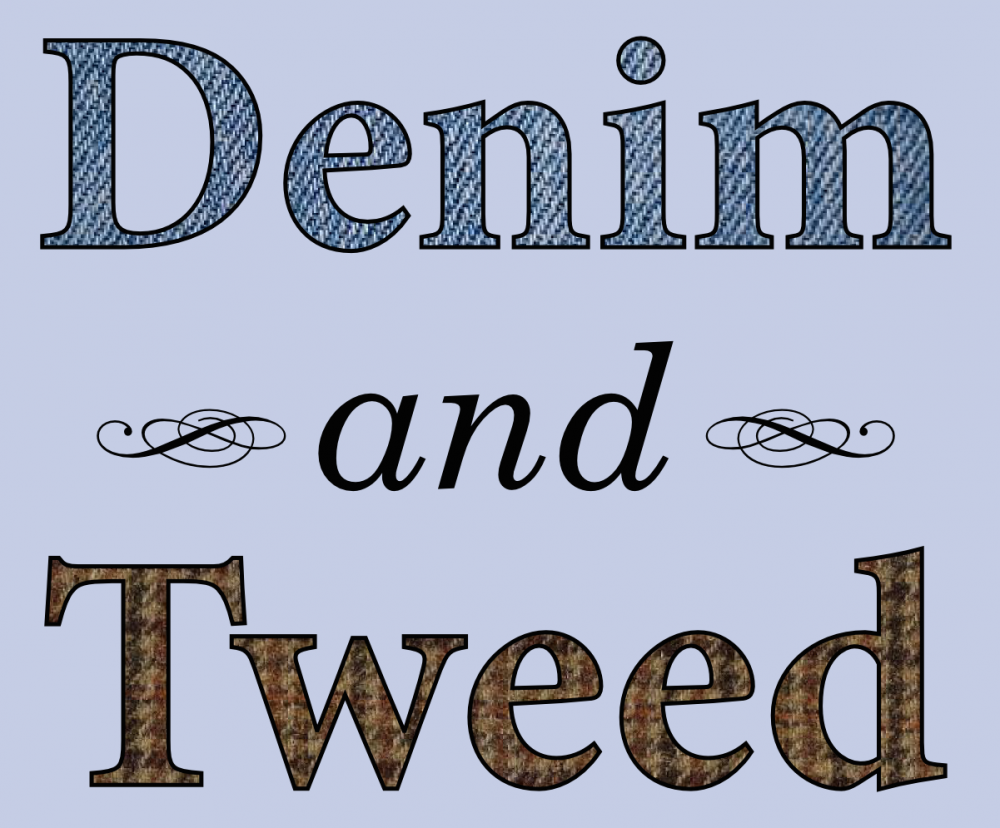 King penguins at the Moody Gardens aquarium, Galveston. Photo by jby.
King penguins at the Moody Gardens aquarium, Galveston. Photo by jby.I spent last week in Galveston, Texas, for the Gordon Conference on Quantitative Genetics and Genomics. It was a great time. I saw presentations of lots of cool scientific work that was right in line with my current interests—we could’ve started a drinking game with the phrase “missing heritability“—and I presented a little of my own work, and I met some very smart and friendly people. And … that’s pretty much everything I can tell you about it.
That’s because part of the Gordon Conference culture (aesthetic? ideal?) is that participants present and discuss work in progress—results that haven’t been peer-reviewed, and that may never see the light of peer review if they don’t hold up to further analysis. Attendees want to be able to discuss things freely, without seeing their words quoted all over the Internet. So it’s requested, rather firmly, that attendees don’t photograph Powerpoint slides or posters, or discuss specifics from presentations on public forums like this blog, or Twitter. (So I’ve illustrated this post with photos from an afternoon field trip to the Moody Gardens aquarium, instead.)
 Souther rockhopper penguin at the Moody Gardens aquarium, Galveston. Photo by jby.
Souther rockhopper penguin at the Moody Gardens aquarium, Galveston. Photo by jby.This is a pretty big departure from my usual approach to scientific conferences. When I was picked to run the website for the 2009 Evolution meetings, I made a point to try and promote online discussion of the conference proceedings. At that early stage—I started my own Twitter account largely to tweet from Evolution—participation was a bit limited. And then I went to ScienceOnline in 2010 and 2011, and saw firsthand how social media can enrich and extend a conference: the tweeted back-channel within a session, the ability to follow goings-on in other sessions, the opening up of discussion to folks beyond the physical conference. And by Evolution 2012, I saw a lot of those dynamics emerging in that meeting.
But back when I was first proposing an online presence at Evolution, I recall some of the same objections raised about blogging and Twitter that are part of the reasons for the ban at Gordon Conferences. People were going to present preliminary results; the prospect of tweeted quotes might stifle discussion; people might get scooped if their work is broadcast over the Internet.
I understand those concerns, but the counterargument to each pops into my head before I finish typing it: it’s no longer uncommon to put preliminary results online for open review (as on ArXive or another preprint server, or in an open lab notebook); are you really going to say something in front of your closest colleagues that you wouldn’t want on Twitter?; aren’t the people most likely to scoop you right there in the conference room, watching your actual presentation? And I think the experience of the Evolution meetings supports the thesis that opening up a conference to the Internet offers far more to improve and stimulate discussion at a meeting than to stifle it.
To be clear, I don’t think it’s bad that the Gordon Conferences ask participants not to tweet. The Quantitative Genetics and Genomics conference is small to the point of being intimate, and strutured to foster all sorts of interactions without the need of hashtags—everyone attends the same slate of invited presentations, everyone ate breakfast, lunch, and dinner together in the hotel dining room, and there are few enough attendees that it really is possible to catch up and chat with anyone you should want to.
 Hawksbill sea turtle at the Moody Gardens aquarium, Galveston. Photo by jby.
Hawksbill sea turtle at the Moody Gardens aquarium, Galveston. Photo by jby.And here’s the thing: I didn’t write a blog post or tweet about the presentations I saw, but I took notes, and I talked to people, and I’ve absorbed a whole lot of science that confirmed some things I already thought, challenged some other things, and generally changed the way I’ll think about my current and future scientific work and writing. Even if you don’t have a blow-by-blow account of that process, you’ll see its results on this site and the others where I write about science, and in the work I do from here forward.
Which is just to say that even conferences no one tweets about don’t happen in an Internet-free vacuum. One of the first new friends I made in Galveston was Emily Jane McTavish, who I already knew from Twitter as @snacktavish. It’s pretty much inevitable that our next interaction will be online—because, more and more, scientific discussion happens in cyberspace as much as—probably more than—it happens in hotel conference rooms.◼
 A red wolf. Photo by Jim Liestman.
A red wolf. Photo by Jim Liestman.










